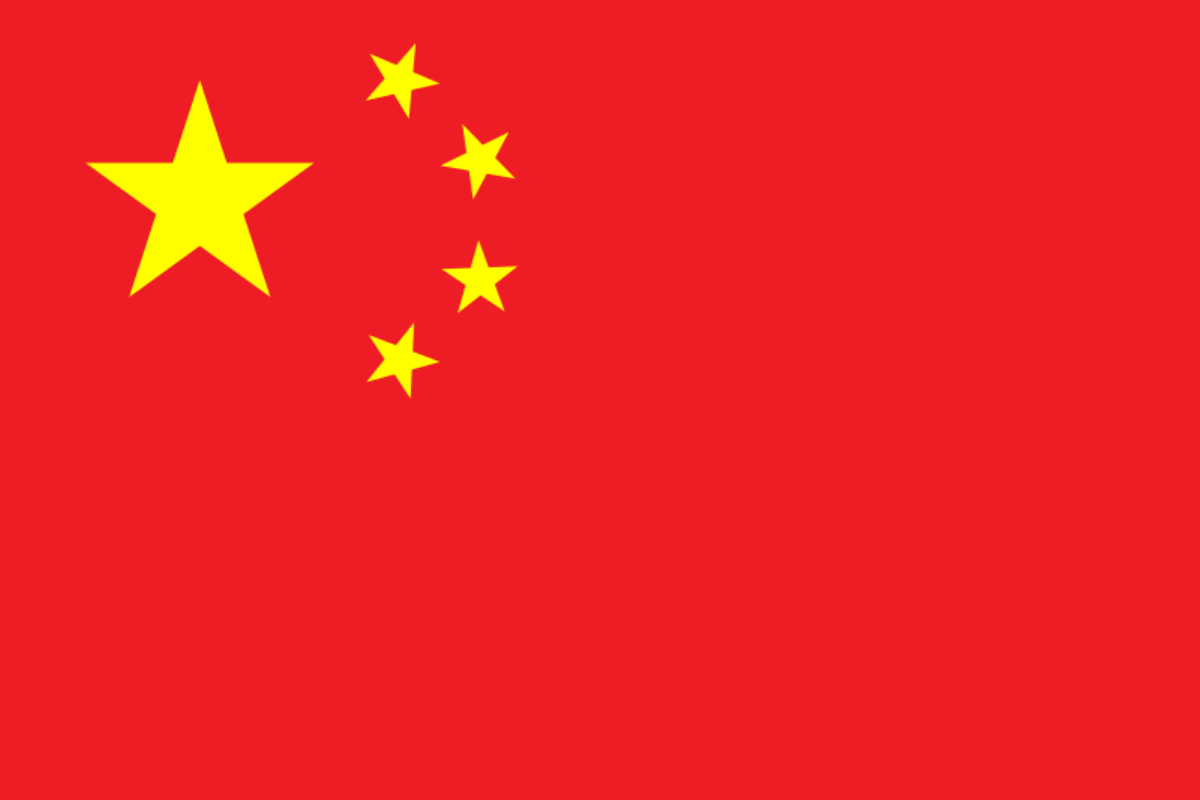The national flower of China is the plum blossom, known in Chinese as the meihua. This is an important national symbol of many things but before anything else it is seen to embody China’s immense natural beauty. It is a symbol of resilience as it blooms bright pink even among deep winter snow.
China’s national flower, then, is one well chosen as it is a hardy, beautiful and enduring flower that has grown in China for a very long time.
It was chosen as the national flower by vote in 1964 and though others like the peony have since been suggested, it continues to be the national flower today.

What is the national flower of China?
Officially, the national flower of China is the plum blossom.
When was the national flower of China chosen?
Who is responsible for choosing the national flower of China?
The Executive Yuan of the Republic of China (ROC) are responsible for choosing the national flower of China.
They officially declared the Prunus mei, commonly known as the plum blossom, as the national flower in 1964 and it has been that ever since.
Why was the plum blossom chosen as the national flower of China?
This flower is not only admired for its resilience during harsh winter conditions, symbolizing the strength and endurance of the Chinese people, but also for its deeper cultural significance.
The unique formation of its stamens, comprising one long and two shorter ones, symbolizes the Three Principles of the People by Sun Yat-sen.
The Three Principles of the People were:
- Nationalism
- Democracy
- The livelihood of the people
Additionally, the blossom’s five petals represent the five divisions of the ROC government, embedding the flower in the nation’s political and cultural identity.
- Executive Yuan
- Legislative Yuan
- Judicial Yuan
- Examination Yuan
- Control Yuan.
Beyond its symbolic ties to the nation’s governance and philosophical ideals, the plum blossom is also a symbol of many aspects of Chinese life and nature.
It is seen as an emblem of resilience and strength, thriving in the cold winter, a season where it uniquely flourishes.
This resolute nature of the flower makes it a symbol of the ability to withstand adverse conditions and hardship.
Moreover, the plum blossom is emblematic of China’s natural beauty.
Its brightly colored flowers, visible throughout various regions of China depending on the season, are vital aspects of the natural landscape.
The flower is also a symbol of the faithful, the resolute, and the holy, representing these qualities not just in the people of China but also in the forces of nature.
Blooming in the depths of winter, the plum blossom embodies faith in the forthcoming spring and the promise of warmer times.
It is seen as the embodiment of the spirit of China and its people, deeply connected to the natural beauty of the landscape and resonating with the values of holiness, resilience, and faith.
Botanical Characteristics and Cultural Significance of the Plum Blossom

The plum blossom naturally grows on the plum tree, commonly called the Chinese plum or sometimes the Japanese plum.
The flower has been vitally important as a symbol in more or less the whole Sinosphere, in Japan, Korea, and other places in Southeast Asia.
It is related to other plum trees and the apricot tree, but more closely related to the apricot tree despite its name.
The fruit of the tree is very often used in juices as well as in alcohol flavorings, pickling, sauces, and even in traditional medicine.
The tree flowers usually in late winter and early spring, and this is a vitally important seasonal symbol in China.
The tree appears to have originated in the south of China, along the Yangtze River.
From there, it would later be introduced to Japan, Korea, and Vietnam.
It is typically found in more sparse forests and forested slopes, as well as alongside streams and higher up in the mountains.
The tree is deciduous, usually beginning to flower in mid-winter from around January to late February.
The flowers are usually around two to two and a half centimeters in diameter, with a very strong and fragrant smell that has made them very popular in gardens.
The colors can vary a lot though the most iconic are the deep pinks and purples that are very common.
They can also be white, though, in some cases.
Is the peony the national flower of China?

It’s worth noting that there is some debate about the national flower of China.
Officially, the national flower of China is the plum blossom.
In recent times, there have been votes where popular demand suggests that there are many people in China who believe that the peony should be the national flower.
There’s a considerable debate around the topic, with some suggesting the lotus, and others the chrysanthemum.
Either way, the plum blossom today remains the country’s official flower, and despite some votes, it may take some doing to have the national flower changed after almost sixty years in its position.
Sources
https://english.president.gov.tw/Page/98
https://en.wikipedia.org/wiki/National_flower_of_the_Republic_of_China


